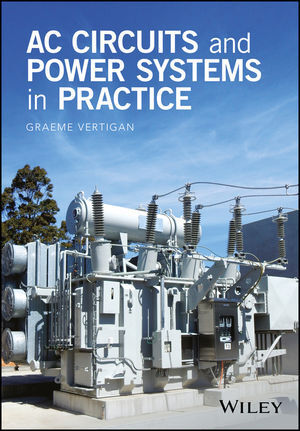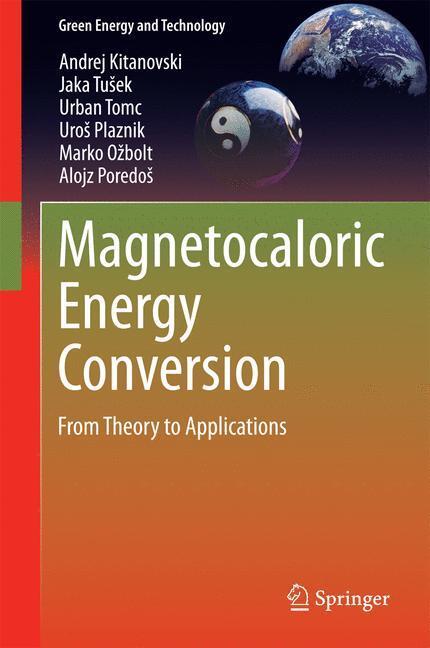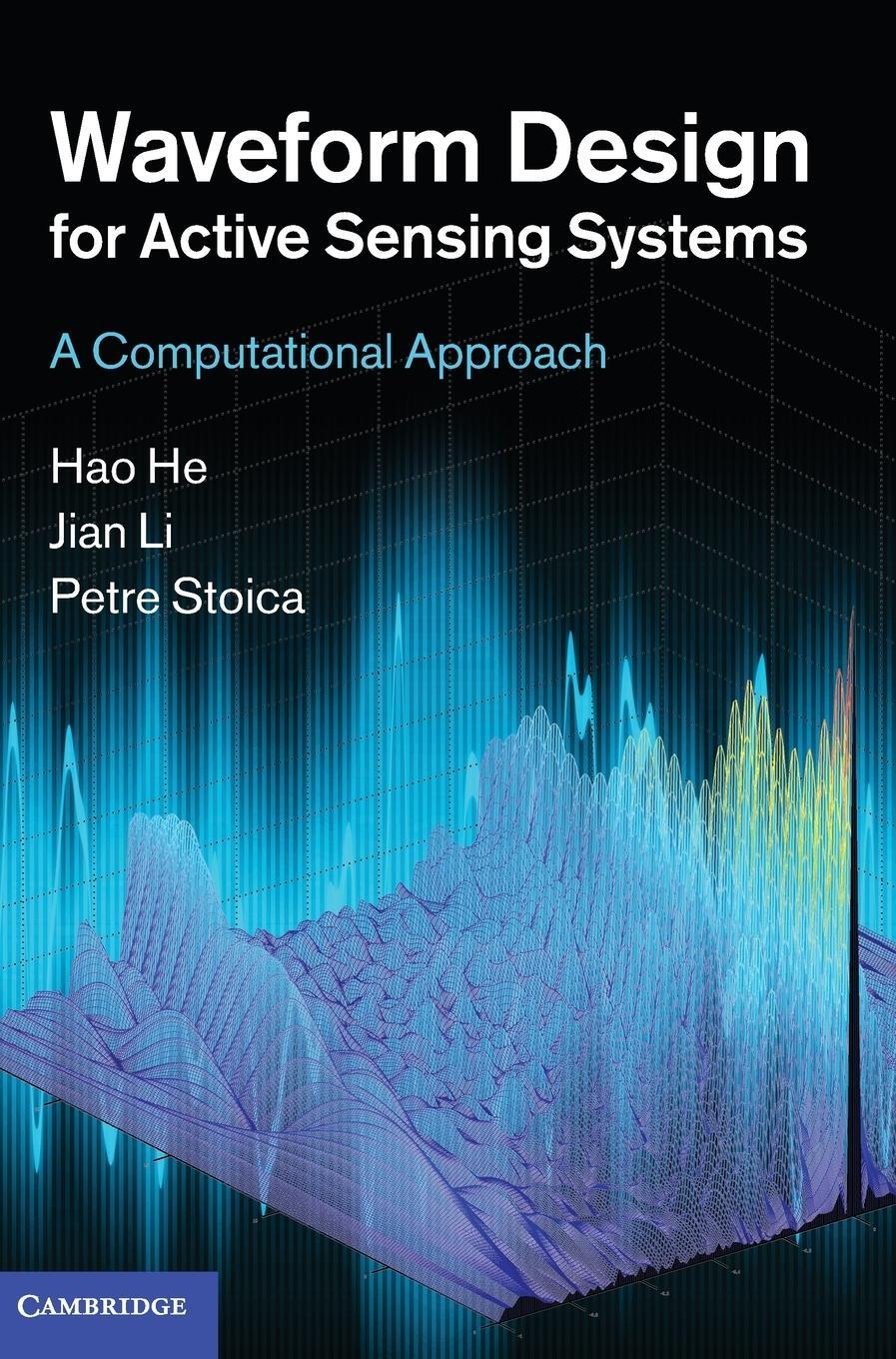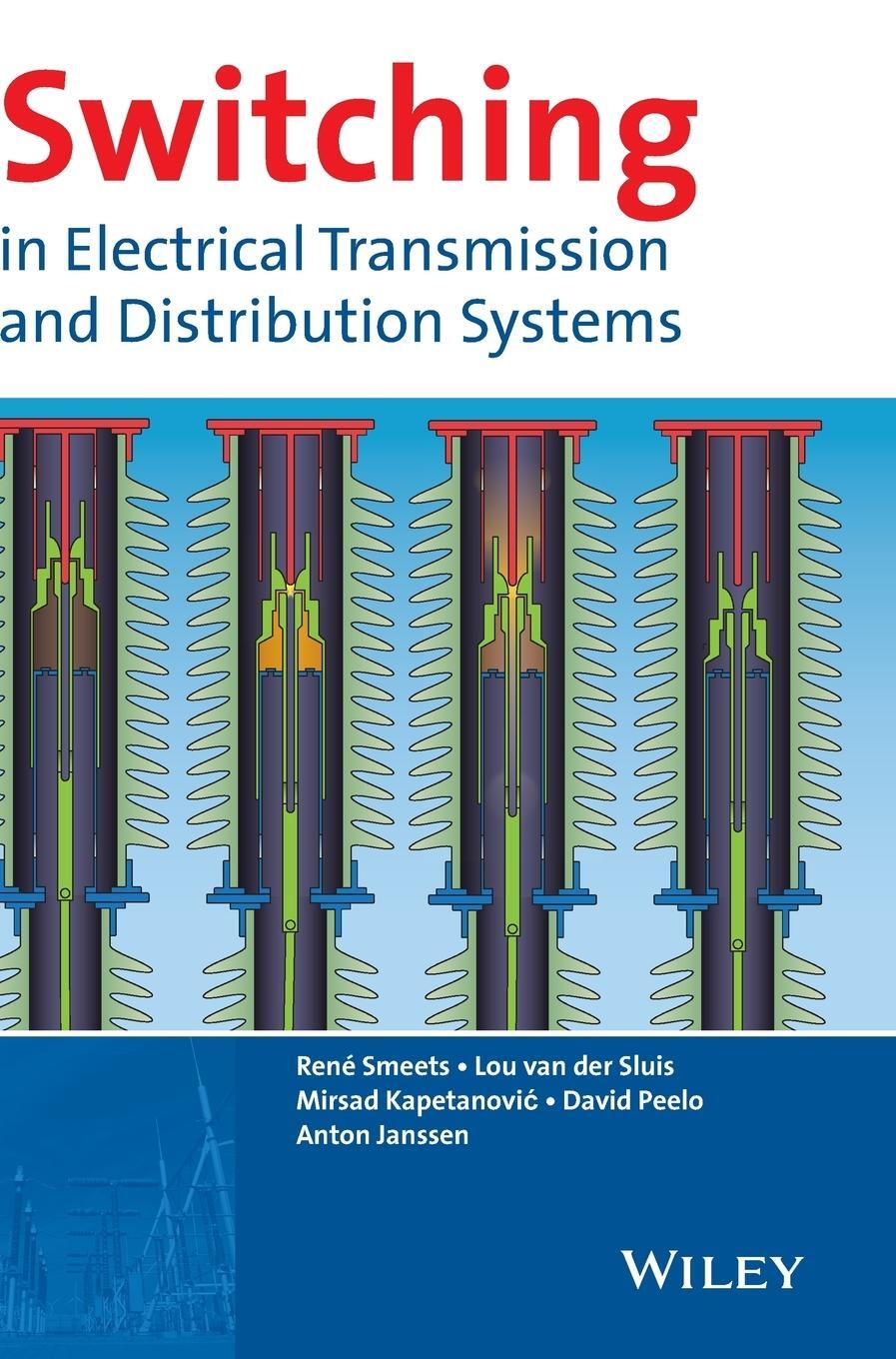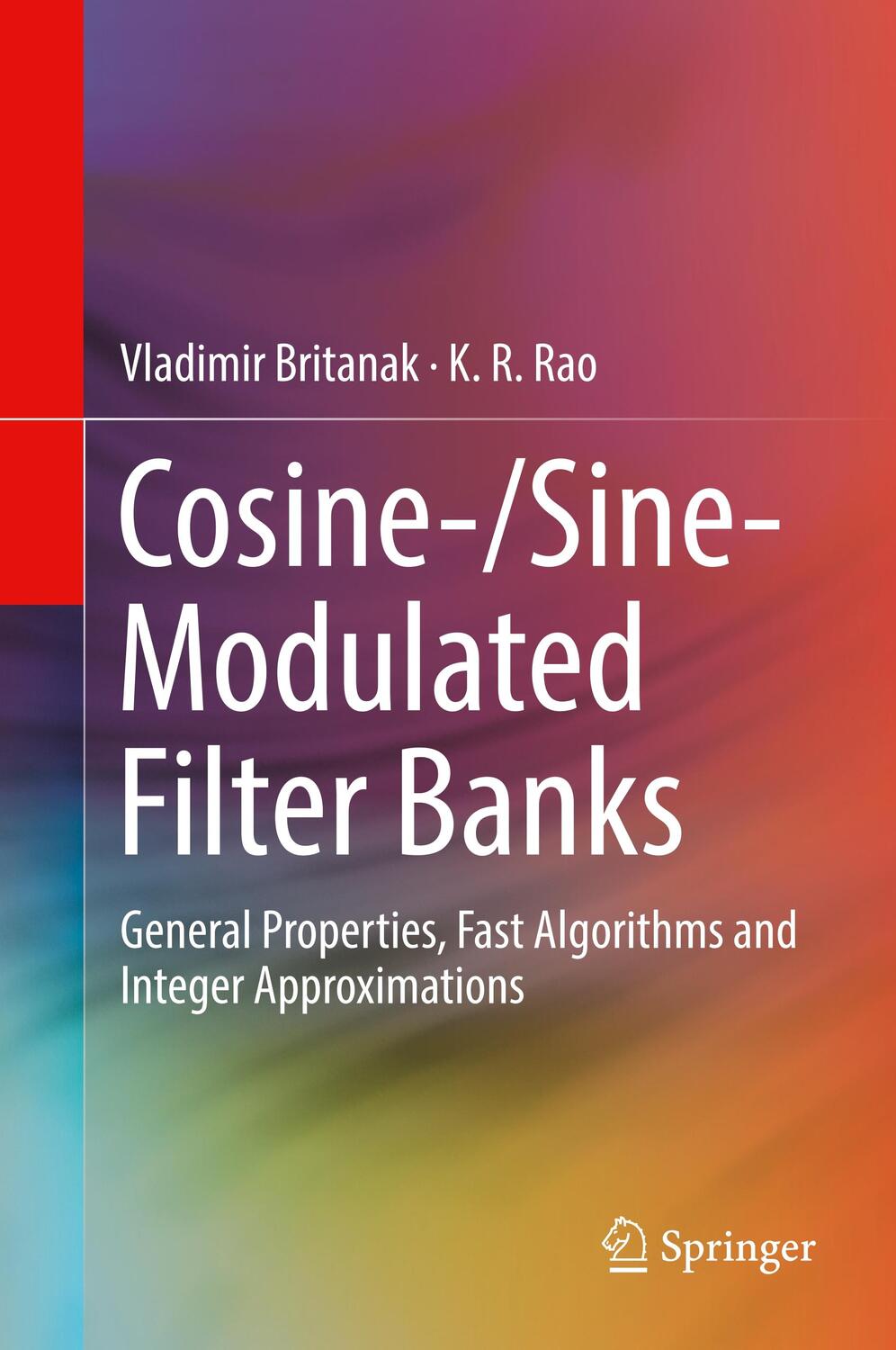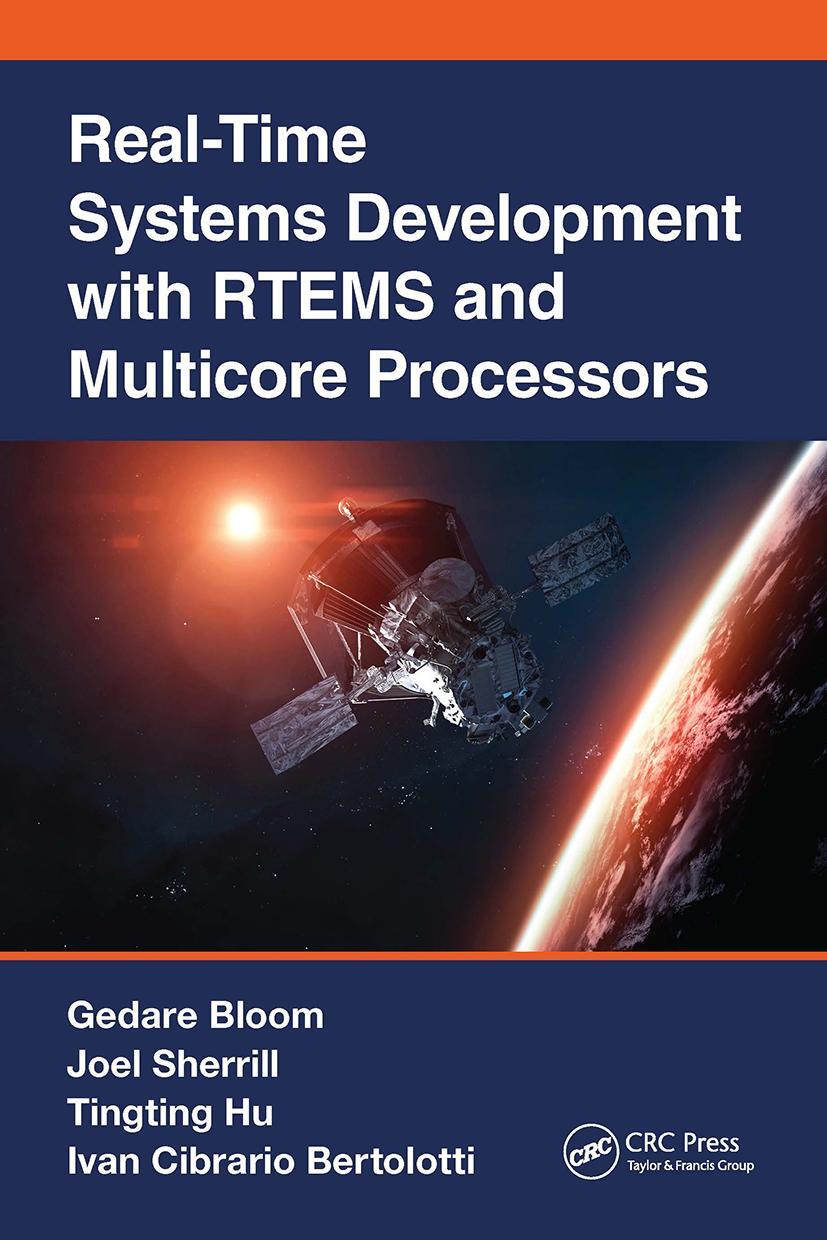Dekorationsartikel gehören nicht zum Leistungsumfang.
Sprache:
Englisch
115,00 €*
Versandkostenfrei per Post / DHL
Aktuell nicht verfügbar
Kategorien:
Beschreibung
The essential guide that combines power system fundamentals with the practical aspects of equipment design and operation in modern power systems
Written by an experienced power engineer, AC Circuits and Power Systems in Practice offers a comprehensive guide that reviews power system fundamentals and network theorems while exploring the practical aspects of equipment design and application. The author covers a wide-range of topics including basic circuit theorems, phasor diagrams, per-unit quantities and symmetrical component theory, as well as active and reactive power and their effects on network stability, voltage support and voltage collapse. Magnetic circuits, reactor and transformer design are analyzed, as is the operation of step voltage regulators. In addition, detailed introductions are provided to earthing systems in LV and MV networks, the adverse effects of harmonics on power equipment and power system protection. Finally, European and American engineering standards are presented where appropriate throughout the text, to familiarize the reader with their use and application.
This book is written as a practical power engineering text for engineering students and recent graduates. It contains more than 400 illustrations and is designed to provide the reader with a broad introduction to the subject and to facilitate further study. Many of the examples included come from industry and are not normally covered in undergraduate syllabi. They are provided to assist in bridging the gap between tertiary study and industrial practice, and to assist the professional development of recent graduates. The material presented is easy to follow and includes both mathematical and visual representations using phasor diagrams. Problems included at the end of most chapters are designed to walk the reader through practical applications of the associated theory.
Written by an experienced power engineer, AC Circuits and Power Systems in Practice offers a comprehensive guide that reviews power system fundamentals and network theorems while exploring the practical aspects of equipment design and application. The author covers a wide-range of topics including basic circuit theorems, phasor diagrams, per-unit quantities and symmetrical component theory, as well as active and reactive power and their effects on network stability, voltage support and voltage collapse. Magnetic circuits, reactor and transformer design are analyzed, as is the operation of step voltage regulators. In addition, detailed introductions are provided to earthing systems in LV and MV networks, the adverse effects of harmonics on power equipment and power system protection. Finally, European and American engineering standards are presented where appropriate throughout the text, to familiarize the reader with their use and application.
This book is written as a practical power engineering text for engineering students and recent graduates. It contains more than 400 illustrations and is designed to provide the reader with a broad introduction to the subject and to facilitate further study. Many of the examples included come from industry and are not normally covered in undergraduate syllabi. They are provided to assist in bridging the gap between tertiary study and industrial practice, and to assist the professional development of recent graduates. The material presented is easy to follow and includes both mathematical and visual representations using phasor diagrams. Problems included at the end of most chapters are designed to walk the reader through practical applications of the associated theory.
The essential guide that combines power system fundamentals with the practical aspects of equipment design and operation in modern power systems
Written by an experienced power engineer, AC Circuits and Power Systems in Practice offers a comprehensive guide that reviews power system fundamentals and network theorems while exploring the practical aspects of equipment design and application. The author covers a wide-range of topics including basic circuit theorems, phasor diagrams, per-unit quantities and symmetrical component theory, as well as active and reactive power and their effects on network stability, voltage support and voltage collapse. Magnetic circuits, reactor and transformer design are analyzed, as is the operation of step voltage regulators. In addition, detailed introductions are provided to earthing systems in LV and MV networks, the adverse effects of harmonics on power equipment and power system protection. Finally, European and American engineering standards are presented where appropriate throughout the text, to familiarize the reader with their use and application.
This book is written as a practical power engineering text for engineering students and recent graduates. It contains more than 400 illustrations and is designed to provide the reader with a broad introduction to the subject and to facilitate further study. Many of the examples included come from industry and are not normally covered in undergraduate syllabi. They are provided to assist in bridging the gap between tertiary study and industrial practice, and to assist the professional development of recent graduates. The material presented is easy to follow and includes both mathematical and visual representations using phasor diagrams. Problems included at the end of most chapters are designed to walk the reader through practical applications of the associated theory.
Written by an experienced power engineer, AC Circuits and Power Systems in Practice offers a comprehensive guide that reviews power system fundamentals and network theorems while exploring the practical aspects of equipment design and application. The author covers a wide-range of topics including basic circuit theorems, phasor diagrams, per-unit quantities and symmetrical component theory, as well as active and reactive power and their effects on network stability, voltage support and voltage collapse. Magnetic circuits, reactor and transformer design are analyzed, as is the operation of step voltage regulators. In addition, detailed introductions are provided to earthing systems in LV and MV networks, the adverse effects of harmonics on power equipment and power system protection. Finally, European and American engineering standards are presented where appropriate throughout the text, to familiarize the reader with their use and application.
This book is written as a practical power engineering text for engineering students and recent graduates. It contains more than 400 illustrations and is designed to provide the reader with a broad introduction to the subject and to facilitate further study. Many of the examples included come from industry and are not normally covered in undergraduate syllabi. They are provided to assist in bridging the gap between tertiary study and industrial practice, and to assist the professional development of recent graduates. The material presented is easy to follow and includes both mathematical and visual representations using phasor diagrams. Problems included at the end of most chapters are designed to walk the reader through practical applications of the associated theory.
Inhaltsverzeichnis
Preface xiii
Acknowledgements xvii
Part I 1
1 Power Systems: A General Overview 3
1.1 Three-phase System of AC Voltages 3
1.2 Low Voltage Distribution 6
1.3 Examples of Distribution Transformers 8
1.4 Practical Magnitude Limits for LV Loads 10
1.5 Medium Voltage Network 11
1.6 Transmission and Sub-Transmission Networks 24
1.7 Generation of Electrical Energy 32
1.8 Sources 41
Further Reading 41
2 Review of AC Circuit Theory and Application of Phasor Diagrams 43
2.1 Representation of AC Voltages and Currents 43
2.2 RMS Measurement of Time Varying AC Quantities 44
2.3 Phasor Notation (Phasor Diagram Analysis) 45
2.4 Passive Circuit Components: Resistors, Capacitors and Inductors 49
2.5 Review of Sign Conventions and Network Theorems 55
2.6 AC Circuit Analysis Examples 61
2.7 Resonance in AC Circuits 74
2.8 Problems 83
2.9 Practical Experiment 88
3 Active Power, Reactive Power and Power Factor 91
3.1 Single-Phase AC Power 91
3.2 Active Power 92
3.3 Reactive Power 93
3.4 Apparent Power or the volt-amp Product, S 96
3.5 Three-Phase Power 97
3.6 Power Factor 99
3.7 Power Factor Correction 100
3.8 Typical Industrial Load Profiles 105
3.9 Directional Power Flows 107
3.10 Energy Retailing 110
3.11 Problems 111
4 Magnetic Circuits, Inductors and Transformers 115
4.1 Magnetic Circuits 115
4.2 Magnetic Circuit Model 116
4.3 Gapped Cores and Effective Permeability 119
4.4 Inductance Calculations 120
4.5 Core Materials 121
4.6 Magnetising Characteristics of GOSS 122
4.7 Energy Stored in the Air Gap 125
4.8 EMF Equation 126
4.9 Magnetic Circuit Topologies 127
4.10 Magnetising Losses 129
4.11 Two- Winding Transformer Operation 131
4.12 Transformer VA Ratings and Efficiency 133
4.13 Two-Winding Transformer Equivalent Circuit 134
4.14 Per-Unit System 137
4.15 Transformer Short-Circuit and Open-Circuit Tests 138
4.16 Transformer Phasor Diagram 140
4.17 Current Transformers 142
4.18 Sources 144
4.19 Problems 144
5 Symmetrical Components 155
5.1 Symmetrical Component Theory 156
5.2 Sequence Networks and Fault Analysis 160
5.3 Network Fault Connections 163
5.4 Measurement of Zero-sequence Components (Residual Current and Voltage) 170
5.5 Phase-to-Ground Fault Currents Reflected from Star to Delta 171
5.6 Sequence Components Remote from a Fault 173
5.7 Problems 175
5.7 Sources 185
6 Power Flows in AC Networks 187
6.1 Power Flow Directions 188
6.2 Synchronous Condenser 188
6.3 Synchronous Motor 191
6.4 Generalised Power Flow Analysis 192
6.5 Low X/R Networks 197
6.6 Steady State Transmission Stability Limit 201
6.7 Voltage Collapse in Power Systems 202
6.8 Sources 207
6.9 Problems 207
Part II 211
7 Three-Phase Transformers 213
7.1 Positive and Negative Sequence Impedance 213
7.2 Transformer Zero-Sequence Impedance 219
7.3 Transformer Vector Groups 221
7.4 Transformer Voltage Regulation 222
7.5 Magnetising Current Harmonics 228
7.6 Tap-changing Techniques 233
7.7 Parallel Connection of Transformers 243
&
Acknowledgements xvii
Part I 1
1 Power Systems: A General Overview 3
1.1 Three-phase System of AC Voltages 3
1.2 Low Voltage Distribution 6
1.3 Examples of Distribution Transformers 8
1.4 Practical Magnitude Limits for LV Loads 10
1.5 Medium Voltage Network 11
1.6 Transmission and Sub-Transmission Networks 24
1.7 Generation of Electrical Energy 32
1.8 Sources 41
Further Reading 41
2 Review of AC Circuit Theory and Application of Phasor Diagrams 43
2.1 Representation of AC Voltages and Currents 43
2.2 RMS Measurement of Time Varying AC Quantities 44
2.3 Phasor Notation (Phasor Diagram Analysis) 45
2.4 Passive Circuit Components: Resistors, Capacitors and Inductors 49
2.5 Review of Sign Conventions and Network Theorems 55
2.6 AC Circuit Analysis Examples 61
2.7 Resonance in AC Circuits 74
2.8 Problems 83
2.9 Practical Experiment 88
3 Active Power, Reactive Power and Power Factor 91
3.1 Single-Phase AC Power 91
3.2 Active Power 92
3.3 Reactive Power 93
3.4 Apparent Power or the volt-amp Product, S 96
3.5 Three-Phase Power 97
3.6 Power Factor 99
3.7 Power Factor Correction 100
3.8 Typical Industrial Load Profiles 105
3.9 Directional Power Flows 107
3.10 Energy Retailing 110
3.11 Problems 111
4 Magnetic Circuits, Inductors and Transformers 115
4.1 Magnetic Circuits 115
4.2 Magnetic Circuit Model 116
4.3 Gapped Cores and Effective Permeability 119
4.4 Inductance Calculations 120
4.5 Core Materials 121
4.6 Magnetising Characteristics of GOSS 122
4.7 Energy Stored in the Air Gap 125
4.8 EMF Equation 126
4.9 Magnetic Circuit Topologies 127
4.10 Magnetising Losses 129
4.11 Two- Winding Transformer Operation 131
4.12 Transformer VA Ratings and Efficiency 133
4.13 Two-Winding Transformer Equivalent Circuit 134
4.14 Per-Unit System 137
4.15 Transformer Short-Circuit and Open-Circuit Tests 138
4.16 Transformer Phasor Diagram 140
4.17 Current Transformers 142
4.18 Sources 144
4.19 Problems 144
5 Symmetrical Components 155
5.1 Symmetrical Component Theory 156
5.2 Sequence Networks and Fault Analysis 160
5.3 Network Fault Connections 163
5.4 Measurement of Zero-sequence Components (Residual Current and Voltage) 170
5.5 Phase-to-Ground Fault Currents Reflected from Star to Delta 171
5.6 Sequence Components Remote from a Fault 173
5.7 Problems 175
5.7 Sources 185
6 Power Flows in AC Networks 187
6.1 Power Flow Directions 188
6.2 Synchronous Condenser 188
6.3 Synchronous Motor 191
6.4 Generalised Power Flow Analysis 192
6.5 Low X/R Networks 197
6.6 Steady State Transmission Stability Limit 201
6.7 Voltage Collapse in Power Systems 202
6.8 Sources 207
6.9 Problems 207
Part II 211
7 Three-Phase Transformers 213
7.1 Positive and Negative Sequence Impedance 213
7.2 Transformer Zero-Sequence Impedance 219
7.3 Transformer Vector Groups 221
7.4 Transformer Voltage Regulation 222
7.5 Magnetising Current Harmonics 228
7.6 Tap-changing Techniques 233
7.7 Parallel Connection of Transformers 243
&
Details
| Erscheinungsjahr: | 2017 |
|---|---|
| Fachbereich: | Kraftwerktechnik |
| Genre: | Technik |
| Rubrik: | Naturwissenschaften & Technik |
| Medium: | Buch |
| Seiten: | 592 |
| Inhalt: | 592 S. |
| ISBN-13: | 9781118924594 |
| ISBN-10: | 1118924592 |
| Sprache: | Englisch |
| Herstellernummer: | 1W118924590 |
| Autor: | Vertigan, Graeme |
| Auflage: | 1. Auflage |
| Hersteller: |
Wiley
Wiley & Sons |
| Maße: | 244 x 170 x 34 mm |
| Von/Mit: | Graeme Vertigan |
| Erscheinungsdatum: | 01.12.2017 |
| Gewicht: | 1,066 kg |
Inhaltsverzeichnis
Preface xiii
Acknowledgements xvii
Part I 1
1 Power Systems: A General Overview 3
1.1 Three-phase System of AC Voltages 3
1.2 Low Voltage Distribution 6
1.3 Examples of Distribution Transformers 8
1.4 Practical Magnitude Limits for LV Loads 10
1.5 Medium Voltage Network 11
1.6 Transmission and Sub-Transmission Networks 24
1.7 Generation of Electrical Energy 32
1.8 Sources 41
Further Reading 41
2 Review of AC Circuit Theory and Application of Phasor Diagrams 43
2.1 Representation of AC Voltages and Currents 43
2.2 RMS Measurement of Time Varying AC Quantities 44
2.3 Phasor Notation (Phasor Diagram Analysis) 45
2.4 Passive Circuit Components: Resistors, Capacitors and Inductors 49
2.5 Review of Sign Conventions and Network Theorems 55
2.6 AC Circuit Analysis Examples 61
2.7 Resonance in AC Circuits 74
2.8 Problems 83
2.9 Practical Experiment 88
3 Active Power, Reactive Power and Power Factor 91
3.1 Single-Phase AC Power 91
3.2 Active Power 92
3.3 Reactive Power 93
3.4 Apparent Power or the volt-amp Product, S 96
3.5 Three-Phase Power 97
3.6 Power Factor 99
3.7 Power Factor Correction 100
3.8 Typical Industrial Load Profiles 105
3.9 Directional Power Flows 107
3.10 Energy Retailing 110
3.11 Problems 111
4 Magnetic Circuits, Inductors and Transformers 115
4.1 Magnetic Circuits 115
4.2 Magnetic Circuit Model 116
4.3 Gapped Cores and Effective Permeability 119
4.4 Inductance Calculations 120
4.5 Core Materials 121
4.6 Magnetising Characteristics of GOSS 122
4.7 Energy Stored in the Air Gap 125
4.8 EMF Equation 126
4.9 Magnetic Circuit Topologies 127
4.10 Magnetising Losses 129
4.11 Two- Winding Transformer Operation 131
4.12 Transformer VA Ratings and Efficiency 133
4.13 Two-Winding Transformer Equivalent Circuit 134
4.14 Per-Unit System 137
4.15 Transformer Short-Circuit and Open-Circuit Tests 138
4.16 Transformer Phasor Diagram 140
4.17 Current Transformers 142
4.18 Sources 144
4.19 Problems 144
5 Symmetrical Components 155
5.1 Symmetrical Component Theory 156
5.2 Sequence Networks and Fault Analysis 160
5.3 Network Fault Connections 163
5.4 Measurement of Zero-sequence Components (Residual Current and Voltage) 170
5.5 Phase-to-Ground Fault Currents Reflected from Star to Delta 171
5.6 Sequence Components Remote from a Fault 173
5.7 Problems 175
5.7 Sources 185
6 Power Flows in AC Networks 187
6.1 Power Flow Directions 188
6.2 Synchronous Condenser 188
6.3 Synchronous Motor 191
6.4 Generalised Power Flow Analysis 192
6.5 Low X/R Networks 197
6.6 Steady State Transmission Stability Limit 201
6.7 Voltage Collapse in Power Systems 202
6.8 Sources 207
6.9 Problems 207
Part II 211
7 Three-Phase Transformers 213
7.1 Positive and Negative Sequence Impedance 213
7.2 Transformer Zero-Sequence Impedance 219
7.3 Transformer Vector Groups 221
7.4 Transformer Voltage Regulation 222
7.5 Magnetising Current Harmonics 228
7.6 Tap-changing Techniques 233
7.7 Parallel Connection of Transformers 243
&
Acknowledgements xvii
Part I 1
1 Power Systems: A General Overview 3
1.1 Three-phase System of AC Voltages 3
1.2 Low Voltage Distribution 6
1.3 Examples of Distribution Transformers 8
1.4 Practical Magnitude Limits for LV Loads 10
1.5 Medium Voltage Network 11
1.6 Transmission and Sub-Transmission Networks 24
1.7 Generation of Electrical Energy 32
1.8 Sources 41
Further Reading 41
2 Review of AC Circuit Theory and Application of Phasor Diagrams 43
2.1 Representation of AC Voltages and Currents 43
2.2 RMS Measurement of Time Varying AC Quantities 44
2.3 Phasor Notation (Phasor Diagram Analysis) 45
2.4 Passive Circuit Components: Resistors, Capacitors and Inductors 49
2.5 Review of Sign Conventions and Network Theorems 55
2.6 AC Circuit Analysis Examples 61
2.7 Resonance in AC Circuits 74
2.8 Problems 83
2.9 Practical Experiment 88
3 Active Power, Reactive Power and Power Factor 91
3.1 Single-Phase AC Power 91
3.2 Active Power 92
3.3 Reactive Power 93
3.4 Apparent Power or the volt-amp Product, S 96
3.5 Three-Phase Power 97
3.6 Power Factor 99
3.7 Power Factor Correction 100
3.8 Typical Industrial Load Profiles 105
3.9 Directional Power Flows 107
3.10 Energy Retailing 110
3.11 Problems 111
4 Magnetic Circuits, Inductors and Transformers 115
4.1 Magnetic Circuits 115
4.2 Magnetic Circuit Model 116
4.3 Gapped Cores and Effective Permeability 119
4.4 Inductance Calculations 120
4.5 Core Materials 121
4.6 Magnetising Characteristics of GOSS 122
4.7 Energy Stored in the Air Gap 125
4.8 EMF Equation 126
4.9 Magnetic Circuit Topologies 127
4.10 Magnetising Losses 129
4.11 Two- Winding Transformer Operation 131
4.12 Transformer VA Ratings and Efficiency 133
4.13 Two-Winding Transformer Equivalent Circuit 134
4.14 Per-Unit System 137
4.15 Transformer Short-Circuit and Open-Circuit Tests 138
4.16 Transformer Phasor Diagram 140
4.17 Current Transformers 142
4.18 Sources 144
4.19 Problems 144
5 Symmetrical Components 155
5.1 Symmetrical Component Theory 156
5.2 Sequence Networks and Fault Analysis 160
5.3 Network Fault Connections 163
5.4 Measurement of Zero-sequence Components (Residual Current and Voltage) 170
5.5 Phase-to-Ground Fault Currents Reflected from Star to Delta 171
5.6 Sequence Components Remote from a Fault 173
5.7 Problems 175
5.7 Sources 185
6 Power Flows in AC Networks 187
6.1 Power Flow Directions 188
6.2 Synchronous Condenser 188
6.3 Synchronous Motor 191
6.4 Generalised Power Flow Analysis 192
6.5 Low X/R Networks 197
6.6 Steady State Transmission Stability Limit 201
6.7 Voltage Collapse in Power Systems 202
6.8 Sources 207
6.9 Problems 207
Part II 211
7 Three-Phase Transformers 213
7.1 Positive and Negative Sequence Impedance 213
7.2 Transformer Zero-Sequence Impedance 219
7.3 Transformer Vector Groups 221
7.4 Transformer Voltage Regulation 222
7.5 Magnetising Current Harmonics 228
7.6 Tap-changing Techniques 233
7.7 Parallel Connection of Transformers 243
&
Details
| Erscheinungsjahr: | 2017 |
|---|---|
| Fachbereich: | Kraftwerktechnik |
| Genre: | Technik |
| Rubrik: | Naturwissenschaften & Technik |
| Medium: | Buch |
| Seiten: | 592 |
| Inhalt: | 592 S. |
| ISBN-13: | 9781118924594 |
| ISBN-10: | 1118924592 |
| Sprache: | Englisch |
| Herstellernummer: | 1W118924590 |
| Autor: | Vertigan, Graeme |
| Auflage: | 1. Auflage |
| Hersteller: |
Wiley
Wiley & Sons |
| Maße: | 244 x 170 x 34 mm |
| Von/Mit: | Graeme Vertigan |
| Erscheinungsdatum: | 01.12.2017 |
| Gewicht: | 1,066 kg |
Warnhinweis

